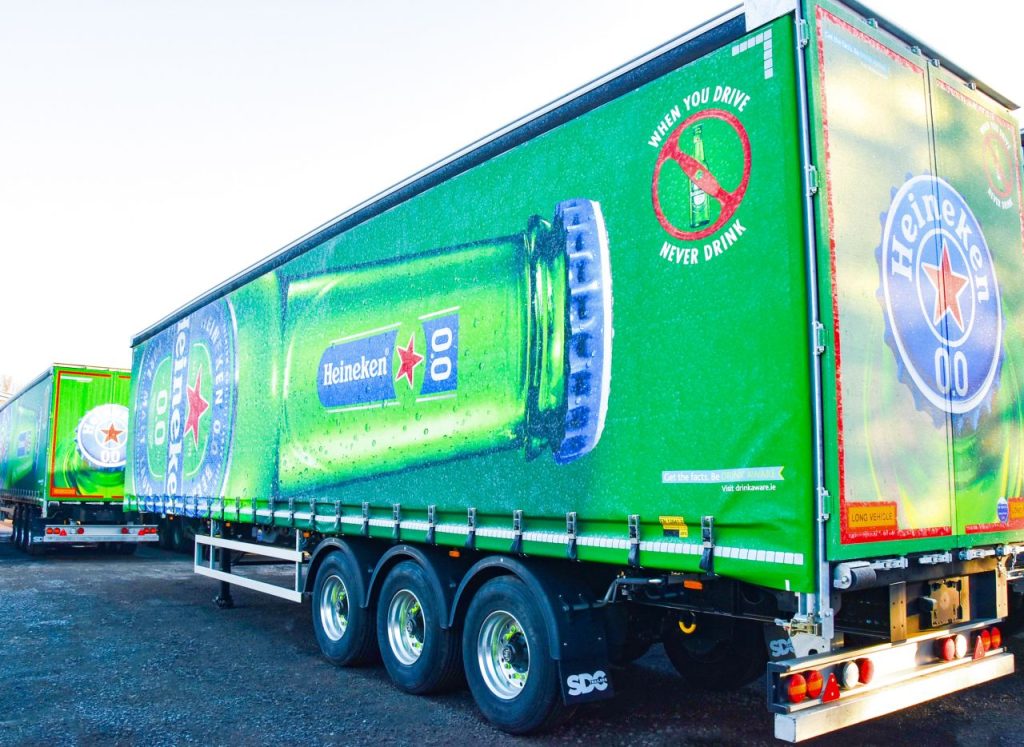More than a fifth of motorists (22%) aged 17-34 believe it is okay to drive after using Class A drugs, according to worrying new research published today by the UK’s leading road safety charity IAM RoadSmart.
 This is in stark contrast to just 4% of those over 70 and 5% of those aged between 50-69 viewing it as an acceptable practice – showing a clear divide in attitudes across different generations of motorists in the UK.
This is in stark contrast to just 4% of those over 70 and 5% of those aged between 50-69 viewing it as an acceptable practice – showing a clear divide in attitudes across different generations of motorists in the UK.
A survey of 2,013 UK drivers carried out for IAM RoadSmart’s ‘2023 Road Safety Culture Report’ – published today – found that when drivers of all ages were asked ‘How acceptable do you personally feel it is for a driver to drive after using Class A drugs such as Cocaine and Ecstasy?’, a concerning minority of 13% found it to be ‘acceptable’ with 87% of drivers viewing the prospective behaviour as ‘unacceptable’. Just as worrying was the finding that almost a third of motorists (30%) believe that people driving after using prescription drugs was only a minor threat or no threat to their personal safety on the roads, compared to 14% for those driving after taking illegal drugs. This highlights a misconception that some prescription drugs have no adverse effects on ability to drive.
The research also exposes large differences of opinion on the acceptability of drug-driving by annual mileage as well as by age. A fifth (21%) of high mileage drivers (those travelling 10,000 miles a year or more) believe it is acceptable to drive after using Class A drugs such as Cocaine and Ecstasy – a worrying statistic that hints that those undertaking long journeys frequently might use certain drugs under the misguided belief it might be helpful for their alert levels.
Previous IAM RoadSmart research found that almost a third of young drivers (32%) believe it is more common to drive under the influence of illegal drugs than it is to drink drive*. And while over two-thirds (69%) of this age group are likely to stop others under the influence from driving, it was found that over a quarter (26%) of young people know someone who drives under the influence of illegal drugs. This reality means that up to nearly three-quarters of a million young drivers aged between 16-24 may have driven or been in a vehicle where the driver has been under the influence of illegal drugs.
This research into driver attitudes comes after the Department for Transport (DfT) published data showing the number of drivers killed with ‘impairment drugs’ present in their system increased by over 60% from 2014 to 2021**. This represents a significant rise compared to illegal alcohol levels recorded over the same period which have remained consistent among deceased drivers.
While there is much focus on illegal drugs, the effects of prescription drugs should not be underestimated. DfT recommends speaking to your doctor should you be unsure if you are able to drive on certain prescribed medication including amphetamines, clonazepam, diazepam, flunitrazepam, lorazepam, methadone, morphine, oxazepam, temazepam***. These substances, while legal when prescribed, can reduce reaction times and impair judgement. It is illegal for motorists in Great Britain to get behind the wheel after taking prescribed drugs if it impairs driving.
Motorists caught and convicted of drug-driving can receive a minimum 1-year driving ban; up to 6 months in prison; a criminal record and an unlimited fine. They will also see an endorsement issued to their licence lasting for 11 years. Additional consequences may include significant increases to car insurance payments, loss of work, and problems entering countries including the USA***.
IAM RoadSmart Policy, Public Affairs and Communications Manager William Porter said:
“Using Class A substances before getting behind the wheel is an illegal and reckless practice that puts all road users at risk. Our research has found that a concerning number of motorists – especially young drivers – view getting behind the wheel under the influence of illegal substances as being okay.”
“Whatever the cost of enforcement, the increasing prevalence and perceived acceptability among certain groups should encourage police forces to beef up resources to stamp it out and deter would-be drug-drivers. We call on government to also do their part to ensure resources are deployed to prevent re-offending with the introduction of drug-driving rehabilitation courses as is currently mandated with drink-driving.”
“The lesser spoken threat of drivers getting behind the wheel while on lawful prescription drugs also warrants greater attention from government, with nearly a third of drivers not seeing the practice as being a threat to them on the roads, despite the evidence that many prescription drugs can impair reaction times.”
“Social acceptability of drink-driving took generations to change, and we must be clear that we will be as intolerant of drug-drivers as we are drink-drivers. We believe that a scheme to introduce drug-driving courses should be part of an overall strategy to reduce reoffending. Such a programme must be central to the UK Government’s response to its drug-driving call for evidence**** which closed almost two years ago.”


